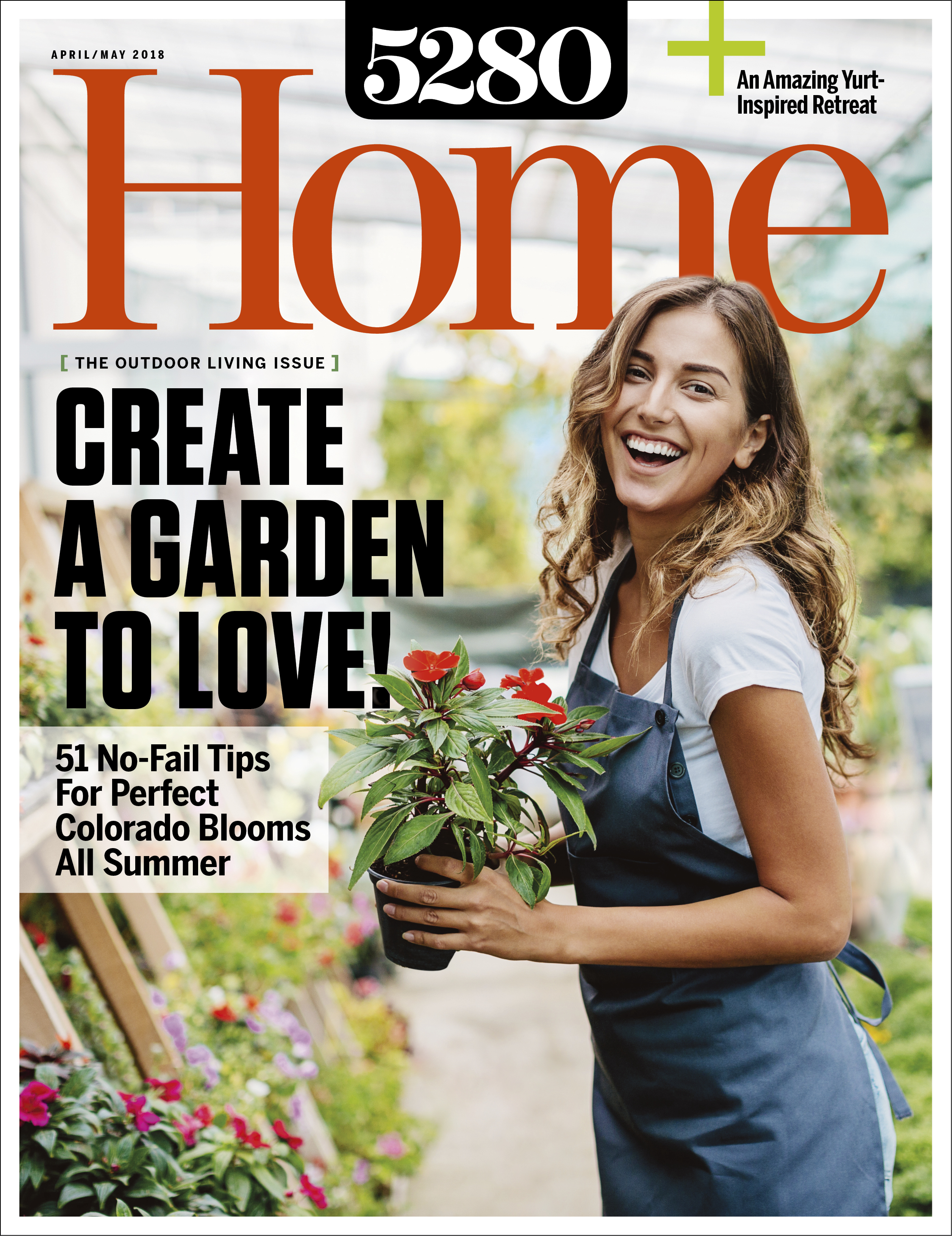The Local newsletter is your free, daily guide to life in Colorado. For locals, by locals.
Giselle Hicks’ appreciation for the potter’s lifestyle—one she has found to be filled with art, food, and intimate gatherings—began before she even knew it, during childhood moments spent at her parents’ table in Southern California. “My mom and dad owned a restaurant, and we were a super food-centric family,” says the artist, now based in Aspen. “Sitting around the table was an important part of both daily life and special occasions.”
A natural-born creative, Hicks knew she wanted to go to art school (her clue: “I always wanted to be alone, drawing, for hours,” she says), but she didn’t discover clay until she arrived at Syracuse University. There, in the ceramics department, she found an inviting community—and a warm reminder of her upbringing. “The potters I know like to eat together, talk about food, and open their homes,” she explains. “You live with and eat off of the objects you make. It felt like a really rich way to live.”

In addition to this “holistic lifestyle,” as she describes it, Hicks fell for the modest, pliable medium; the way the clay yielded to her hands, the infinite number of shapes she could make, and the challenge of bringing a piece to life. “It’s a chemistry thing, trying to understand all of the variables at work,” she says. “I loved the problem-solving.”
This fascination has led Hicks—whose simple, beautiful work comprises functional and decorative pieces—to various artist residencies and teaching gigs around the country; currently, she’s the ceramics studio coordinator at Snowmass
Village’s Anderson Ranch Arts Center. There, she supports artists-in-residence and runs the studio by day, crafting her own pieces during off-hours.
While Hicks’ early work was more elaborate, her current process is more direct: “I felt like I’d worked all of the softness out of my pieces,” she says, “so I gave myself the assignment to make something with as few tools as possible.” This challenge led her to explore a range of earthy, architectural vessels: clean forms made by stacking and blending rolled coils of clay using only her hands and a few basic tools. She purposefully preserves the tiny impressions left by her fingertips and glazes each piece, typically in opaque white.

Her vessels often find their places as functional art in clients’ homes—holding sprays of bright blooms, or clustered on a sideboard—which Hicks hopes are enriched by their presence. “If your cupboard is full of IKEA cups,” she says, “there are no stories in the cupboard.” But handmade objects? “They make your home feel really alive.”









